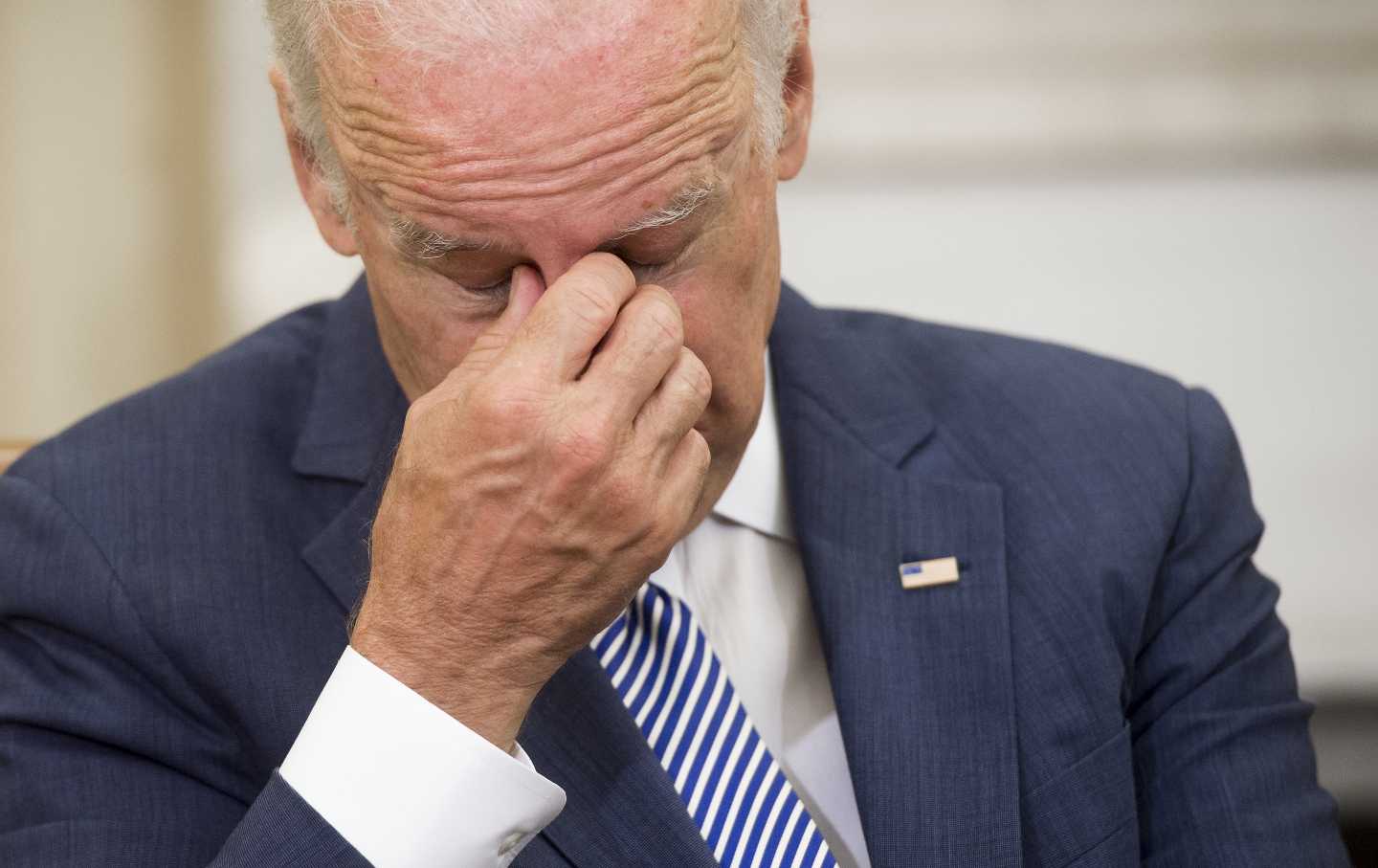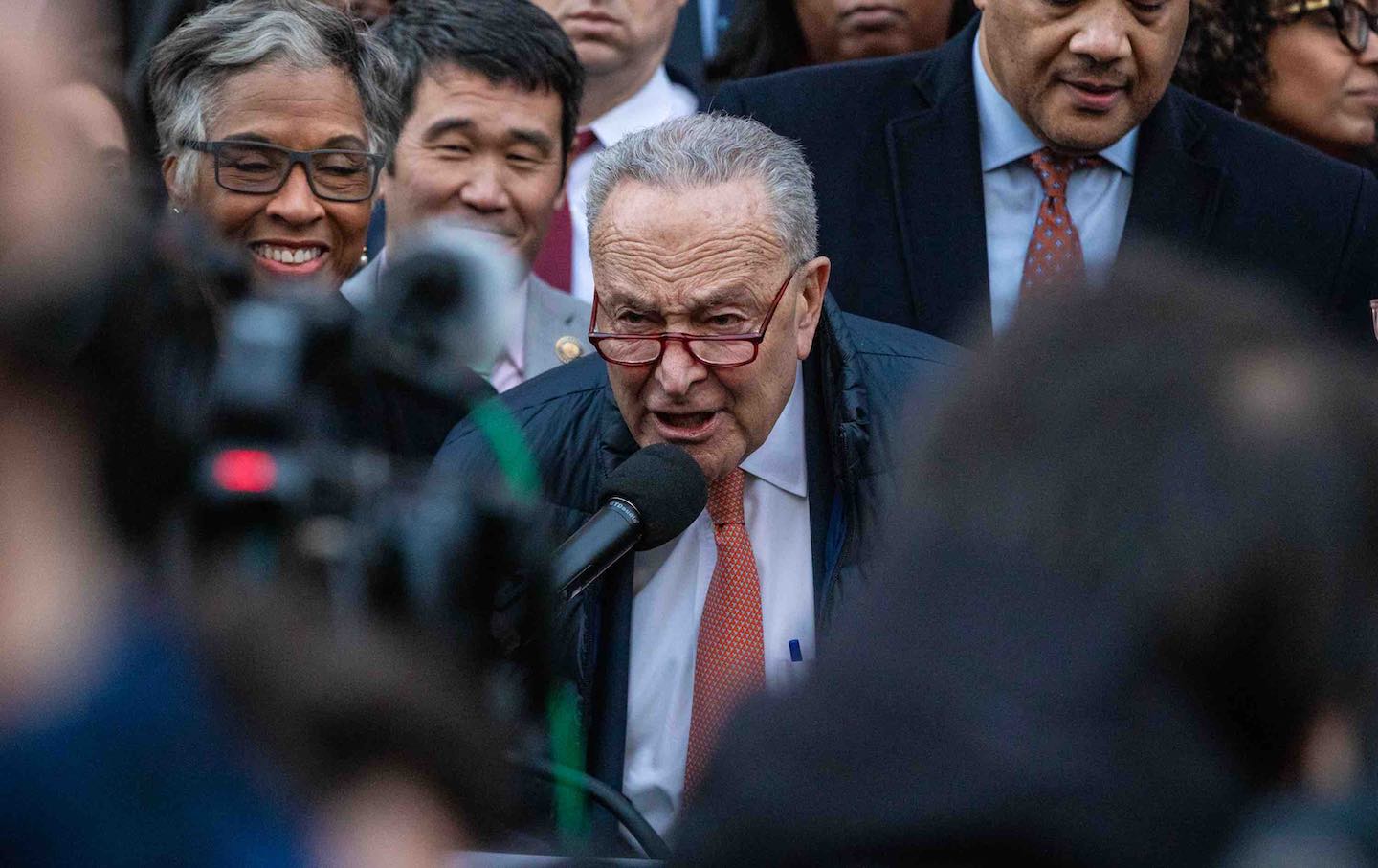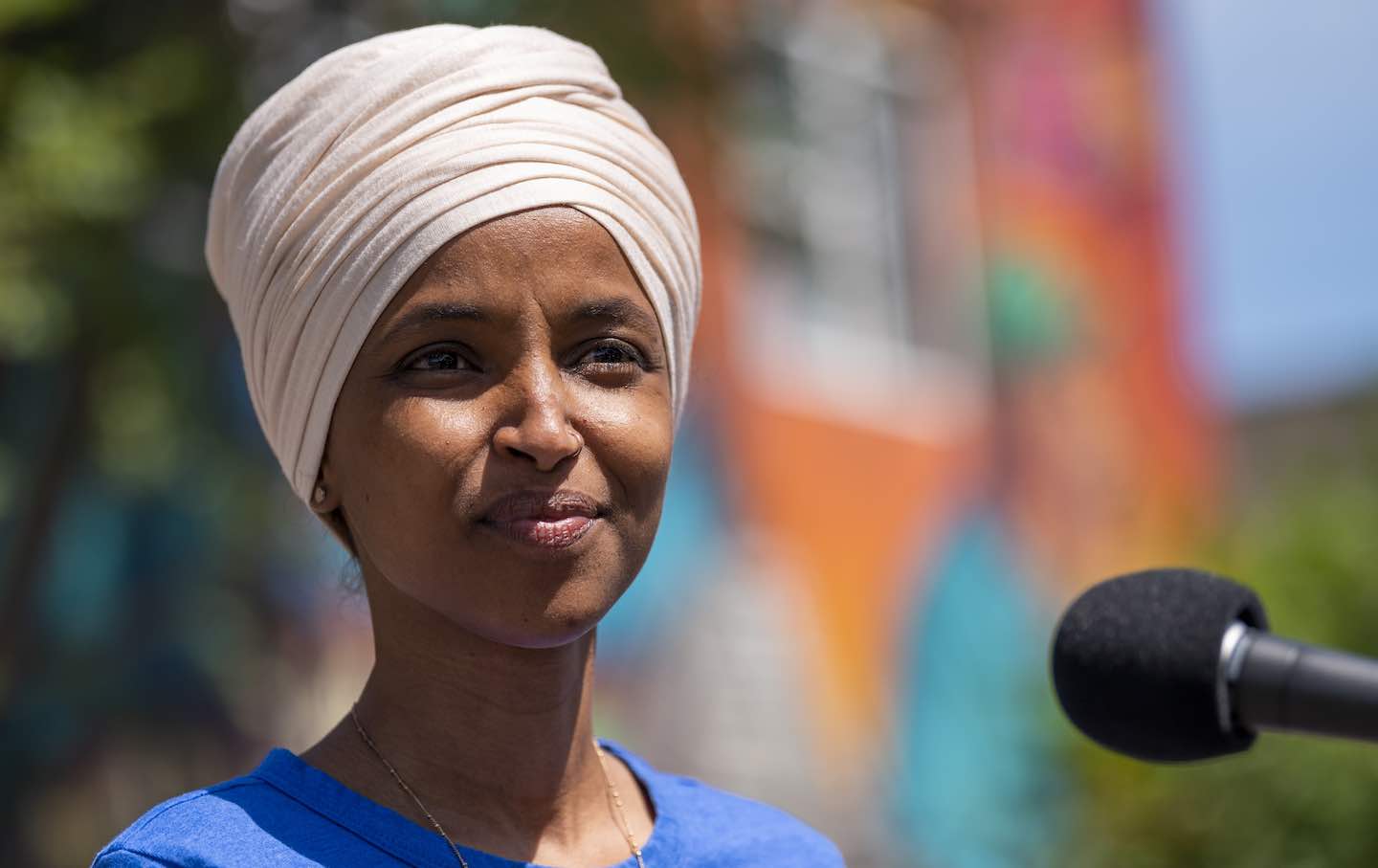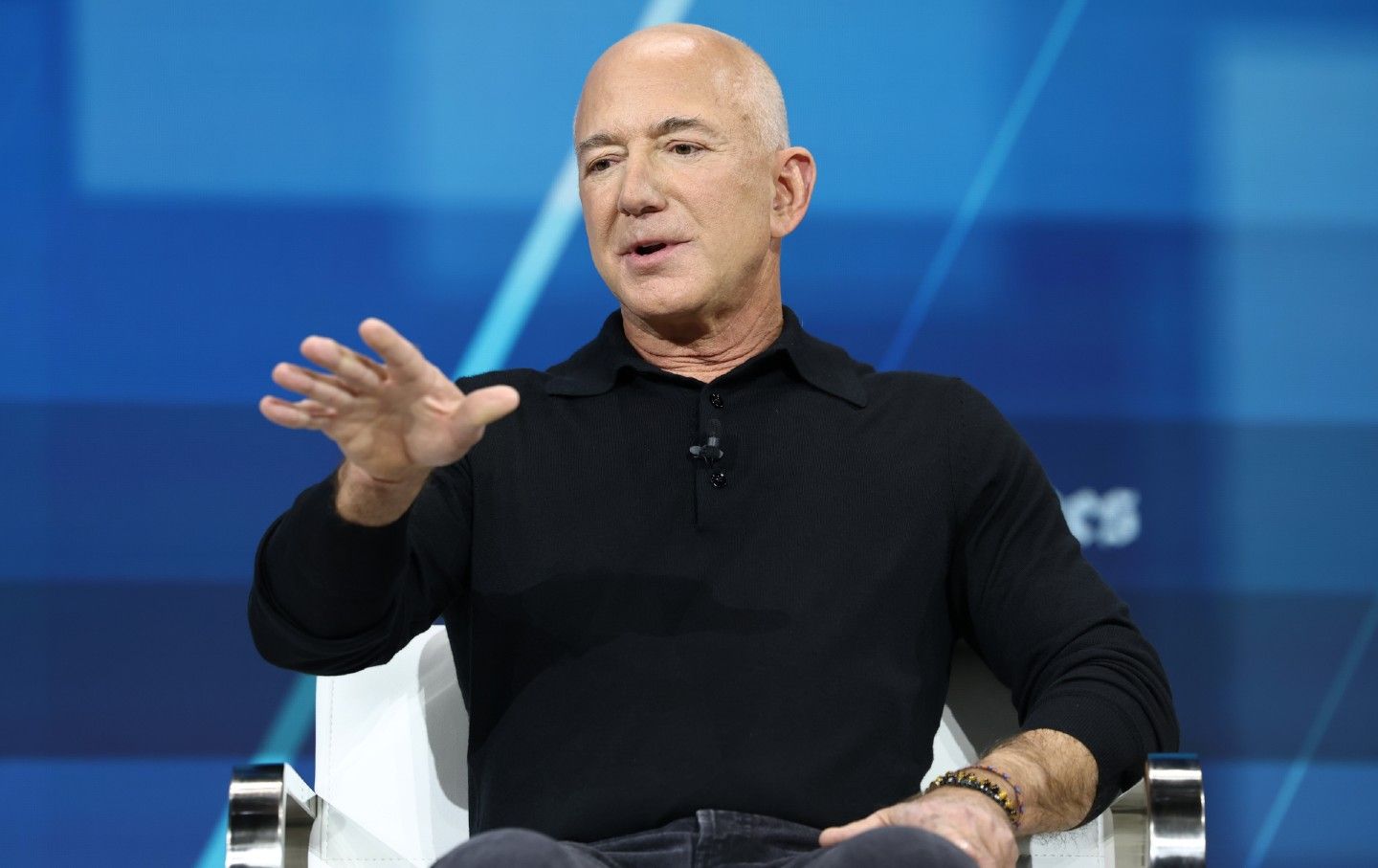Saving Candidate Biden
To rescue the president’s faltering campaign, Democrats need to send in their A team.

As Joe Biden’s reelection bid continues to falter, Democrats have to admit that the problem is either the message or the messenger. Two contradictory trends paint a bleak picture of a president who can’t get credit from the public for his genuine achievements. Writing in Forbes, New School economist Richard McGahey noted that with May’s unexpectedly strong employment report, which tallied the creation of 272,000 new jobs, “the Biden Administration’s robust and durable track record on jobs and unemployment is breaking records, putting up some of the best results we’ve seen in half a century.” Yet May was also when, according to Reuters, “Biden’s public approval rating…fell to its lowest level in almost two years, tying the lowest reading of his presidency in a warning sign for his reelection effort.”
Biden’s strong economic record should be giving him a lift. The economy has seen sustained job growth since January 2021. And not only does the resulting tight labor market particularly help low-income workers get better wages, but the surge in inflation produced in large part by Covid-induced supply-chain disruptions has been tamed, and the stock market has hit record highs. Higher interest rates continue to bite into anyone who takes out a mortgage or loan, but the fact remains that 72 percent of Americans, according to a Federal Reserve survey, feel that their personal finances are OK.
Yet none of this genuinely good economic news is helping Biden. According to Gallup, only 38 percent of Americans trust him to do the right thing on the economy—“among the lowest Gallup has measured for any president since 2001.” By contrast, Trump has the trust of 46 percent of the public on this issue.
Not only is Biden failing to win over the public on the economy, but there are worrisome signs that his campaign is throwing in the towel on the issue. On June 7, Politico reported, “Inside Biden’s orbit, the fear is that there’s little new the administration can do to change the perceptions of a stubborn electorate that’s living through an upswing—yet simply refusing to believe it.”
Political scientist Joshua A. Cohen has persuasively argued that the biggest problem with the Biden campaign is Biden himself. Since the botched withdrawal from Afghanistan, many voters have lost faith in Biden’s competence. He’s seen as too old for the presidency, a problem exacerbated by his increasingly faltering gait and halting speech pattern.
On the age front, argues New York magazine’s Jonathan Chait, formerly a strong Biden defender, “there’s no aspect of the presidency other than communications that [Biden has] been inhibited from doing.” Unfortunately for Biden, communication is a big part of a president’s job, especially in an election year.
Before Biden’s disastrous debate with Trump, it seemed like was too late for the Democrats to switch horses—there is no clear mechanism for replacing Biden with another candidate. Despite the fantasies of some pundits, the days of the smoke-filled room are past. In the current crisis moment, there is a clear push to overcome the obstacles and run a new candidate. But for now, Biden is the Democratic party’s presumptive nominee. So just because Biden is the party’s standard-bearer doesn’t mean he should be its only hope of persuading voters.
It’s time for Democrats to assemble and unleash an A team of surrogates who can persuade the voters who long ago tuned Biden out. The good news is that downballot Democrats are often more popular than Biden. As ABC reports, “Democratic candidates have led in most recent polls of key Senate races like Arizona, Michigan, Nevada, Pennsylvania and Wisconsin even as President Joe Biden trails former President Donald Trump in the very same polls.”
The Democratic A team would be led by Barack Obama, who has experience winning a reelection campaign against the headwind of economic pessimism. As in 2012, when he upbraided Mitt Romney as a heartless vulture capitalist, Obama could deploy his unique charisma to undermine Trump’s faux populism. Trump’s support for massive tax cuts for the rich would be a particularly ripe target.
Other members of the A team would be senators like Bernie Sanders, Elizabeth Warren, Sherrod Brown, and Raphael Warnock—and governors like Gretchen Whitmer and Andy Beshear. Because of their established popularity, these figures can not only mobilize the Democratic base but also reach out to wavering independents with a message of economic populism. They can both praise Biden’s achievements and, more important, highlight the areas where Democrats and Republicans are at odds: prescription drug prices, student debt relief, corporate price gouging, and taxing the rich. These are all winning issues for the Democrats. But it’ll take an A team to make the public hear the message.
The super-surrogate strategy is such an obviously good idea that the Biden White House was touting it last year. Unfortunately, it turned out to be all talk and little action: Super surrogates were praised as a way to strengthen party unity and also, cynics might argue, preclude a primary challenge to Biden. But a real super-surrogate campaign wasn’t even tried. The strategy needs to be launched before it is too late.
Editor’s Note: The online version of this article was updated following the June 27 presidential debate.
Support independent journalism that exposes oligarchs and profiteers
Donald Trump’s cruel and chaotic second term is just getting started. In his first month back in office, Trump and his lackey Elon Musk (or is it the other way around?) have proven that nothing is safe from sacrifice at the altar of unchecked power and riches.
Only robust independent journalism can cut through the noise and offer clear-eyed reporting and analysis based on principle and conscience. That’s what The Nation has done for 160 years and that’s what we’re doing now.
Our independent journalism doesn’t allow injustice to go unnoticed or unchallenged—nor will we abandon hope for a better world. Our writers, editors, and fact-checkers are working relentlessly to keep you informed and empowered when so much of the media fails to do so out of credulity, fear, or fealty.
The Nation has seen unprecedented times before. We draw strength and guidance from our history of principled progressive journalism in times of crisis, and we are committed to continuing this legacy today.
We’re aiming to raise $25,000 during our Spring Fundraising Campaign to ensure that we have the resources to expose the oligarchs and profiteers attempting to loot our republic. Stand for bold independent journalism and donate to support The Nation today.
Onward,
Katrina vanden Heuvel
Editorial Director and Publisher, The Nation








